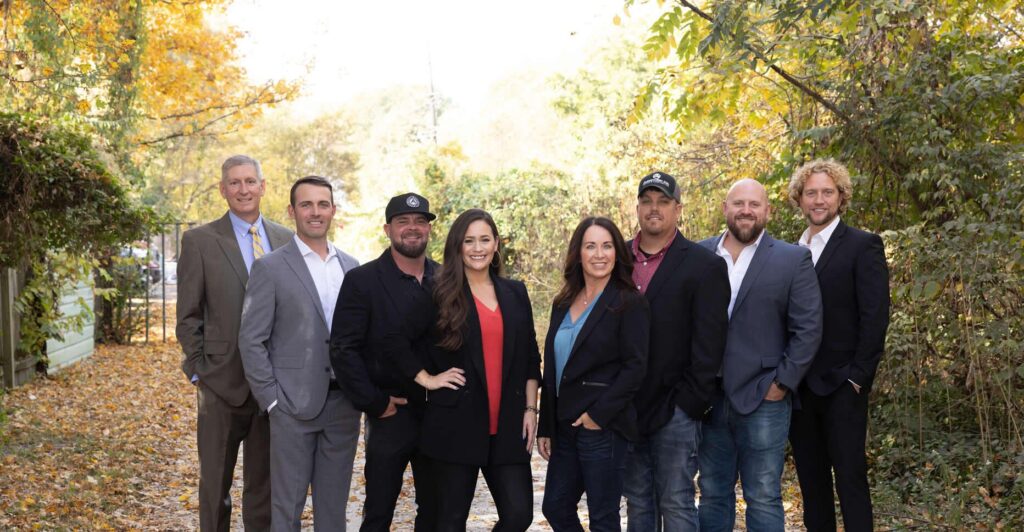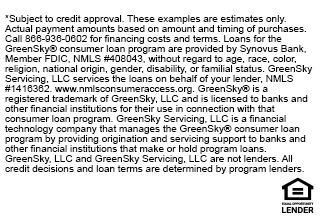Nashville’s Expert
Roofing Company
Austermiller – Roofing Contractors with Over 30 Years of Experience
roofing
See What We Do
We Are Full Service Roofing Contractors in Mt. Juliet, Tennessee
As Nashville’s roofing contractors, Austermiller, Inc. Roofing & Construction serves the roofing repair and roof installation needs of residents and businesses throughout the Greater Nashville Area and all of TN. We are roofers based in Mt. Juliet, TN, soon to expand our Middle TN footprint!
Residential Roofing
Roof Installation
Austermiller Inc. has over 30 years of experience with all aspects of residential roof installation, from the initial inspection through cleaning up after your roof is installed. If you live in Middle Tennessee, contact us about a free estimate for your roofing needs.
Roof Replacement
Roofs can be damaged from a variety of elemental factors, but replacing your roof doesn’t have to be a hassle. If your roof is damaged suddenly from a storm, your roof replacement could be covered through your insurance.
Flashing Installation & Repair
When it comes to your home, you don’t want any leaks to cause expensive damages to your home. Austermiller Inc. can help secure your roof through flashing installations, or by repairing damaged flashing.
Asphalt Shingles
If you are looking for a classic roofing material for your home, asphalt shingles are an excellent option that can provide your home with up to 30 years of protection. To find the best color and style of asphalt roofing for your home, schedule a free consultation with Austermiller Inc. today.
Specialty Shingles
For homes needing specialty shingles for reasons such as appearance, durability, or energy efficiency, Austermiller Inc. is equipped to help. Austermiller can install metal, composite, or rubber shingles to best fit your home’s requirements.
Commercial Roofing
Commercial Roof Installation
Austermiller Inc. provides commercial roofing installations to ensure your business has a durable, reliable, and long-lasting roofing solution. We work with you through every step of the process to make sure your new roof best fits your needs.
Commercial Roof Replacement
Commercial roofing is unique for each building, and finding replacements for worn or damaged commercial roofing requires special expertise. With Austermiller Inc., our professionals are trained in the latest techniques and equipped with the tools and expertise needed to handle any commercial roof replacement project.
Commercial Flashing Installation & Repair
When it comes to specialty commercial roofs, you don’t want any leaks to cause expensive damages to your building. Austermiller Inc. can help secure your roof through flashing installations, or by repairing damaged flashing.
restoration
Storm Damage Repair
When your roof has been damaged from a storm or other elements, Austermiller Inc. can help you repair your roof instead of performing a full replacement. Whether you need a residential roof repaired or a specific commercial roof repair, Austermiller Inc. has the knowledge and skillset to give you a long-lasting repair.
Roof Leak Detection
Once you start to notice signs of water damage, Austermiller Inc. can help you determine the exact cause of the leak and perform repairs. When you detect a leak early, you can reduce the costs of repairs by preventing the damage from getting worse.
Why Choose Austermiller, Inc for
Roofing & Construction?

experienced
We’ve been doing roofing for over 30 years, and you can tell.
“They are by far the best roofing company in the business! Extremely impressive!!!!!”
high quality
Quality roofing materials installed by trained, certified contractors.
dependable
We do what we say we will do, and we do it on time.
“There’s not a better roofing company in the business! They understand the jobs and they know what it takes to get it done. We couldn’t be happier.”
respectful
We treat your property like our own. No mess, no worries.
comprehensive
Full-service contractors so we can take care of the inside & outside.
Financial Information
Roof Warranty
More Info
Make the most of your investment. Get one of the best roof warranties the Nashville area
Roof Insurance
More Info
Know what’s up with your roof before talking to an insurance agent. Call us first.
Damaged Roof Emergencies
More Info
Nashville weather can be extreme. We’re here when you need help if unforeseen damage happens to your roof.
Repair & New Roof Financing
More Info
We are happy to offer assistance with securing financing for your roof. Keep things simple.
High-quality products with the highest quality service.
Austermiller, Inc. has been serving the Mt. Juliet and Murfreesboro, TN, areas for 30 years. We are one of the most trusted roofing contractors in Middle Tennessee. And we are happy to provide roof construction, reroofing, and roof repair services for all our clients in Mt. Juliet and surrounding areas.
Whether you need a commercial or residential roofing project done, we're the team to call. Hire Austermiller, Inc. and get the job done right.
What Our Customers Say
Get In Touch
MAIN Office
9485 Lebanon Rd
Mt Juliet, TN 37122






